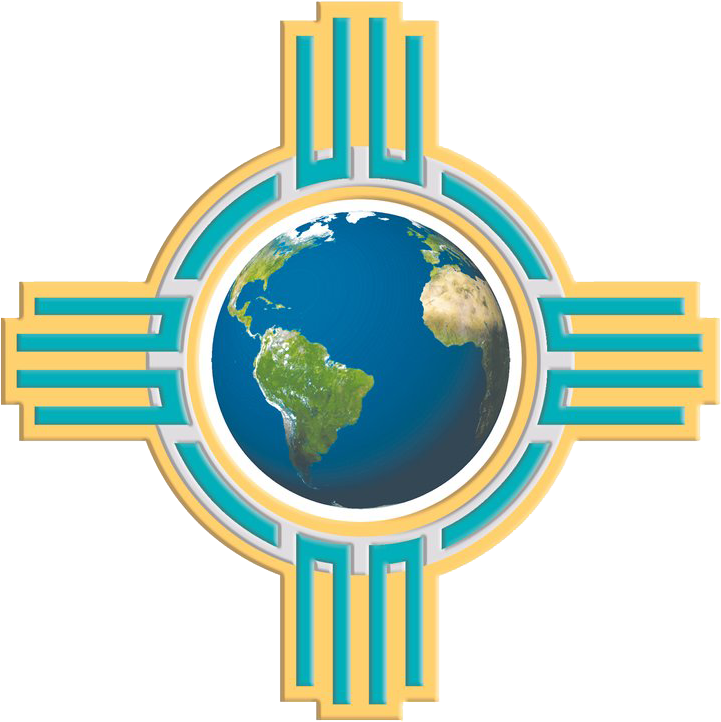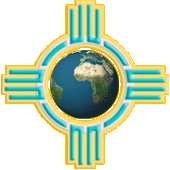
Path #2 Five Worldviews
Different Ways We See the World
The Five Worldviews at a Glance…
Do you sometimes wonder if we will ever get along? Looking at issues through the lens of five worldviews—indigenous, traditional, progressive, globalized, and transformative—helps us arrive at a place of understanding our own and other people’s perspectives without trying to change them. This awareness can contribute to bridging and healing deep divides.
Learn more below ….
Do you sometimes wonder if we will ever get along? To better understand and navigate these divisions, veteran educator and world historian Dr. Denise R. Ames has developed a five worldviews model. Following her holistic world history model, she focuses on the fifth wave, what she calls the Global Wave.
In the Global Wave she has found contentious and dissimilar ways of seeing the world, what she calls worldviews. She puts forth what she sees as five different worldviews in the Global Wave in the United States and throughout the world: indigenous, traditional, progressive, globalized, and transformative. Personal experiences, education, geographic location, personality type, family connections, and other factors influence a person’s worldview. Once worldviews are set, they are often hard to change.
As a review, Dr. Ames first highlights modern changes that have evolved since 1500 within the Modern Wave: modern thought, emergence of capitalism and communism, development of liberal political institutions, social changes, and cultural developments. Modern changes profoundly altered the way people lived and continue to influence us today. Four of the worldviews—traditional, progressive, globalized, and transformative—have emerged from the Modern Wave.
Five Worldviews …
Indigenous Worldview, Abyaneh Village, Iran, photo Denise Ames
1. An Indigenous Worldview includes indigenous peoples, any ethnic group sharing a similar ethnic identity and inhabiting a geographic region with which they have the earliest known historical connection. They are usually a politically underrepresented group whose ethnic identity is different from the nation in power. Indigenous peoples have economic, social, religious, political, psychological, and environmental systems and beliefs that are very different from modern systems. For example, while modern people emphasize individualism, indigenous people favor collectivism.
2. A Traditional Worldview brings together political conservatives, the populist right, alt right, and religious groups. A traditionalist is a person who supports established societal customs and beliefs and does not want to change them or only wants incremental change. While progressives want continuous change, traditionalists favor continuity. This worldview encompasses seemingly disparate ideas that often coalesce at election time to put forth candidates who represent different elements of this worldview.
Traditional Worldview, Iranian women students, photo Denise Ames
3. A Progressive Worldview incorporates moderates, liberals, and the progressive left and their different interest groups. Progressive implies progress, and their foundational belief is the perfectibility of humans. To achieve this perfectibility, progressives insist that the chains of religion, family hierarchies and traditions need to be cast off in order for humans to reach their full potential. Moderate liberals embrace reform of institutions, while those on the far left may call for a political revolution to overthrow liberalism and reformulate society into their ideal version.
4. A Globalized Worldview has greatly changed the landscape in which people around the world work, play, interact, and live their everyday lives. Globalization is a complex phenomenon that interconnects worldwide economic, political, cultural, social, environmental, and technological forces, while transcending national boundaries. It refers to the compression of space and time. Through globalization the world has become a single place that serves as a frame of reference, influencing the way billions of people conduct their lives.
5. A Transformative Worldview At this point in time, millions of diverse people around the world—transformers—are actively calling for a new worldview. They say a different story is needed to assure the continuation of our human species and life as we know it on Earth. Transformers have a diverse array of thoughts, beliefs, ideas, theories, lifestyles, choices, and actions that defy rigid categorization, but they do share common principles and ideals such as interdependence, sustainability, community, alternative health, nourishing foods, renewable energy, spiritual connections, ceremony, and other life-enhancing ways of living.
Progressive Worldview, Women’s March, New York, photo Denise Ames
Globalized Worldview, Yachts in Monaco, photo Denise Ames
Each worldview has certain bound assumptions, which are suppositions that are accepted as true without actual proof. Often these bound assumptions distort and hobble conversations between people holding different worldviews; thus, making solutions and dialogue fraught with difficulty and animosity. For example, a bound assumption among traditionalists is the sanctity of the individual and individual initiative can solve all problems, while progressives believe that government programs and services backed by lots of money is the remedy for social ills.
Dr. Ames contends that we need to look through multiple worldviews or lenses when examining our local, national, and global divisions and difficulties. A single lens, or just one worldview, only shines light on one part of the problem. When viewing an object through a kaleidoscope, it gives ever-changing reflections on an object by merely adjusting the angle of viewing. Perhaps, it is time we approach acting upon and thinking about intransigent problems as if we are looking at them through a kaleidoscope, adjusting our points of view to illuminate ways of knowing that we may never have imagined. The kaleidoscope imagery can free us from our entrenched ways of seeing issues, positing conclusions, and carrying out actions; instead, an infinite array of possibilities opens up.
Today, many of our social and political divides have polarized us to the point of blinding our understanding of others. We retreat into our own bubble of comfort and isolation. Developing awareness of our own and other people’s perspectives without necessarily trying to change them can help us arrive at a place of non-judgmental understanding in which we may be able to civilly talk about our differences and improve relations with people who are similar to and different from us. Through this understanding process we can uncover our shared commonalities, as well as contribute to bridging and healing deep divides.
Bridging the cultural divide is imperative for the continuation of our country and enhancing life on the planet. Dr. Ames makes the case for a transformative worldview that she finds has values and intentions for providing a future in which sustainability, family and community connections, and personal and global well-being are the goals.
Transformative Worldview, photo Wikipedia
“At its best, travel should challenge our preconceptions and most cherished views, cause us to rethink our assumptions, shake us a bit, make us broader-minded and more understanding.” – Arthur Frommer
Learn more about the Five Worldviews in Dr. Ames’ popular book: Five Worldviews: Different Ways We See the World $11.95








